The criteria for selecting beef bulls to be used on the dairy herd has not served the beef industry well.
Just focusing on calving difficulty and gestation length and ignoring beef merits when picking beef bulls for dairy cows has had a number of consequences.
Firstly, carcase weight and carcase conformation on an increasing number of beef animals bred from the dairy herd are failing to meet specifications.
This is the case with beef-bred animals, but the trend is even more pronounced for male dairy-bred calves.
Secondly, there is now a general suspicion, for valid reasons, that all animals bred from the dairy herd are poor quality.
This has been clearly visible around mart rings this spring, with the value of all male dairy calves having plummeted compared with previous years.
Beef farmers who bought dairy calves in previous years have either decided not to do so in 2019, or are not willing to pay the same prices as before.
While some would like to see more of these calves exported, it is risky to be building a dairy business based on exporting calves
Either way, the price of calves has fallen and, according to some Teagasc figures, the current price is now more reflective of their true beef value.
Another issue is the sheer volume of calves hitting the market in spring, due to increases in dairy cow numbers.
An increasing number of these calves are being exported but there is still a backlog of calves. While some would like to see more of these calves exported, it is risky to be building a dairy business based on exporting calves.
We can expect to see increased scrutiny on the live export of calves in future years.
It is not for me, nor is it for the dairy industry as a whole, to tell beef farmers what to do. But it is the responsibility of the dairy industry to produce a calf that has value for the beef sector. Let other countries do what they like with their surplus dairy calves.
The reality is that it is not in our interests nor in our psychology to have a bobby calf industry or, worse again, to euthanise calves.
Irish farmers have a once-in-a-lifetime opportunity to become the most sustainable and ethical in the world.
But to do so, we must minimise the number of lower-value calves that the dairy herd produces. In this context, value refers to beef value, not monetary value.
What calves will be worth in future years will depend on the supply and demand dynamics of calves and finished beef.
The key thing is to produce a calf that will hit the specifications for carcase weight, conformation and fat score.
Herd fertility was declining at an alarming rate, with six-week in-calf rate heading for 60%
Twenty years ago, the dairy industry in Ireland was in what many would have thought at the time was terminal decline.
Dairy cow numbers and total milk output were declining. Fat and protein averaged 3.70% and 3.30%, respectively.
Milk yield was around 4,000 litres per cow. Herd fertility was declining at an alarming rate, with six-week in-calf rate heading for 60%.
Over the last 20 years, dairy farmers have used the EBI to improve constituents and fertility.
Average constituents in the milk sold to processors last year was 4.14% fat and 3.48% protein. Average yield per cow was 5,290l.
More gains have been made on the fertility side. Six-week in-calf rate is now over 75%.
While not yet at target levels, the trend is going in the right direction.
There are two reasons for this. Firstly, EBI is a well-designed index that works.
Secondly, and more importantly, farmers put faith in the index and were justly rewarded with improve profitability. It does what it says on the tin.
Superior traits
Now, can we use genetics to breed calves with superior beef traits, while not compromising on calving difficulty and gestation length?
Donagh Berry, principal geneticist at Teagasc, says that you can breed for anything, if you put enough emphasis on it.
Emphasis refers to weighting in bull selection and then the recording of the actual traits to see if genetic gain is being made.
When it comes to beef breeding from the dairy herd, we want to use sires that are easy-calving, with a short gestation length and good beef traits.
The ICBF recently launched the dairy beef index (DBI), which is designed to make the selection of these bulls easier.
Calving value traits and beef value traits are combined to give a DBI figure in euro
Dairy farmers need to support this index and put the same emphasis on the DBI for picking beef bulls as they do on the EBI when picking dairy bulls.
The DBI active bull list has 75 beef bulls with semen available and more than 100 calving proofs.
Calving value traits and beef value traits are combined to give a DBI figure in euro.
This figure is how much more profit is expected from the progeny of that bull compared with the average Holstein Friesian bull.
The main components of DBI are calving difficulty (53%), carcase weight (17%), gestation length (10%), followed by carcase conformation (6%) and then feed intake, carcase bonus, polledness, carcase fat, docility and calf mortality.
When looking at the DBI, you should look at both the calving value and the beef value.
Because the overall DBI is a combination of the two, the breakdown of each is important.
Ideally, you should be picking bulls towards the top of the list that are balanced for beef and calving value.
The ICBF analysed the top 10 most widely used beef sires in the dairy herd in 2018.
The average gestation length and calving difficulty of these bulls is no different to the top 10 bulls in the DBI when it was launched, but their beef value is significantly higher.
However, it would be remiss to suggest that the top bulls in DBI can be used without affecting calving difficulty or gestation length.
Unless you are willing to provide the housing, feed and labour to rear these calves yourself, then the answer has to be yes
There is no question but a beef bull will have more calving difficulties and a longer gestation length than, say, a Jersey bull or a 99% proven easy-calving Holstein Friesian bull.
Farmers who have been using these easy-calving sires have to ask themselves if they are willing to forfeit some increase in calving difficulty and gestation length to produce a calf that has a value in the food chain and in the marketplace.
Unless you are willing to provide the housing, feed and labour to rear these calves yourself, then the answer has to be yes.
Genetics from the Irish dairy industry is now being sold around the world, because of the success of EBI.
There’s every chance that genetics from the Irish beef industry will be in similar demand if the potential of DBI is realised.
The vision is to have beef bulls that are easy-calving and have short gestation lengths, but grow rapidly into powerful beef animals.
Berry says it can be done, but he needs farmers to use DBI and they need to record calving difficulty for every calf born.
Herds that are not expanding should only produce enough heifers for their own replacements
Of course, using more suitable beef bulls is only one part of the solution to the dairy calf issue.
Minimising the number of unsuitable male calves is the next objective.
Herds that are not expanding should only produce enough heifers for their own replacements.
These replacement heifers should be bred from the highest genetic merit animals in the herd.
If the issues with sexed semen are close to being resolved, what is to stop sexed semen being used on all the maiden heifers and maybe 5% or 10% of the best cows in the herd?
This should generate sufficient replacement heifers.
The rest of the cows could then be bred to high-DBI bulls. See page 52 for the latest on sexed semen.
Technology
Technology has a part to play in solving this problem.
Sexed semen has already been mentioned, but automated heat detection aids may have a role to play in reducing the workload, with AI and doing away with the need for unreliable and costly beef stock bulls.
There is already technology available to alert the farmer that a cow is calving.
Maybe this needs to be tweaked to alert the farmer that the cow is having difficulty calving and that assistance is required.
Can these technologies be grant-aided to speed up adoption on farms?




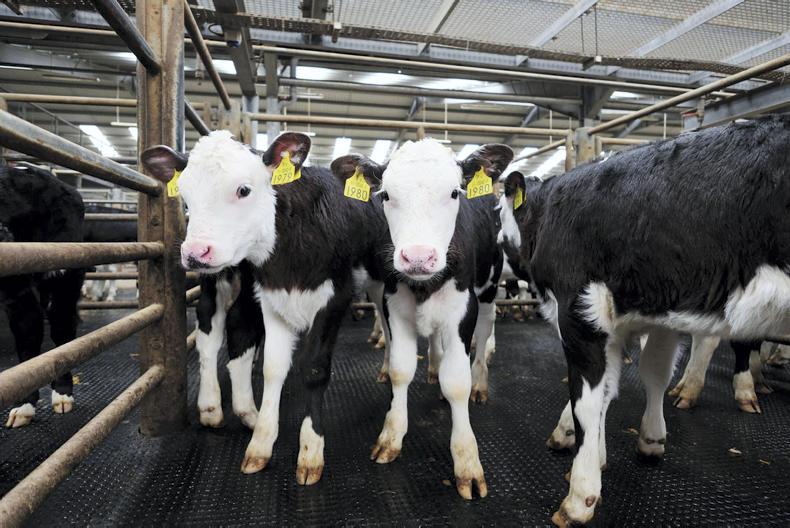
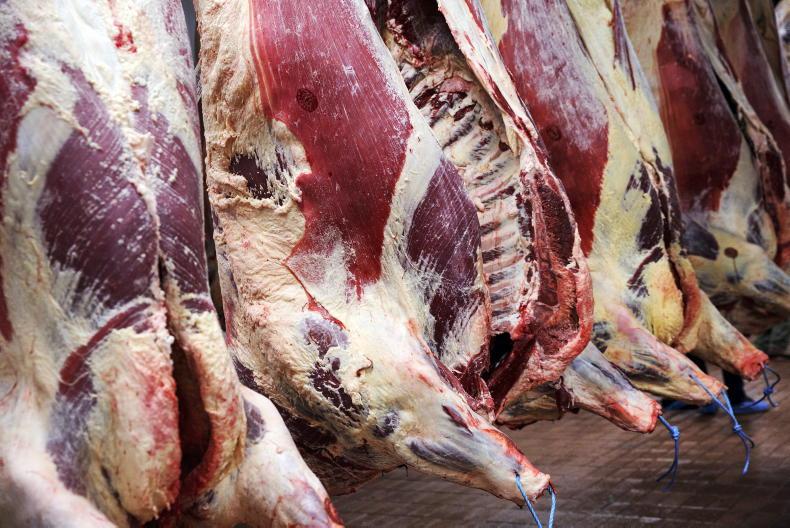

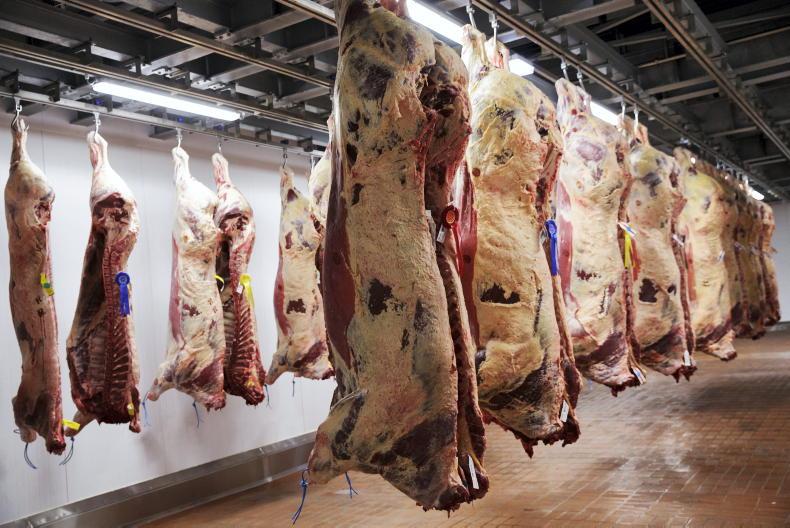
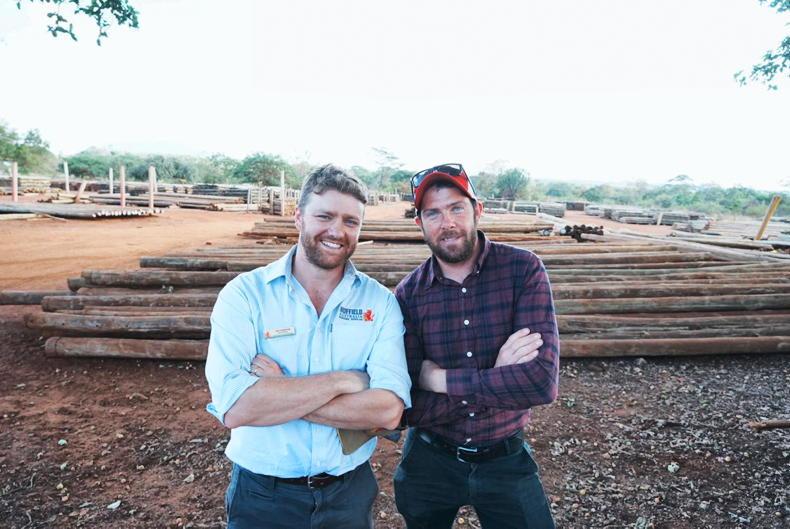
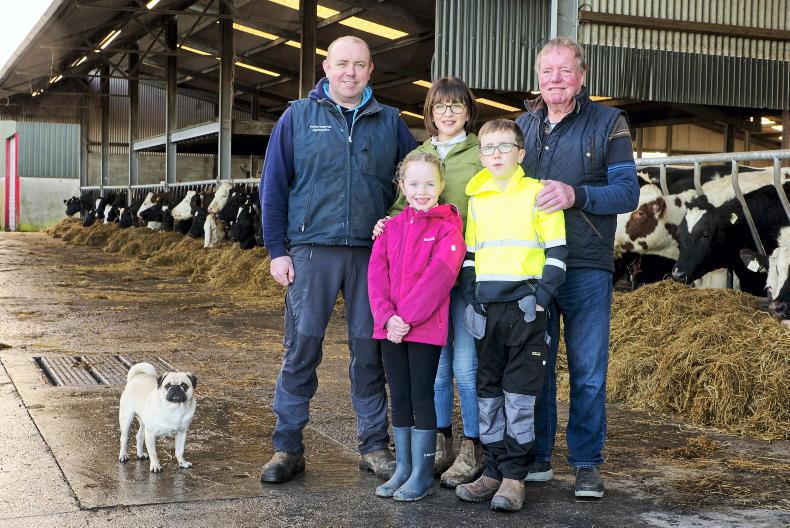
SHARING OPTIONS